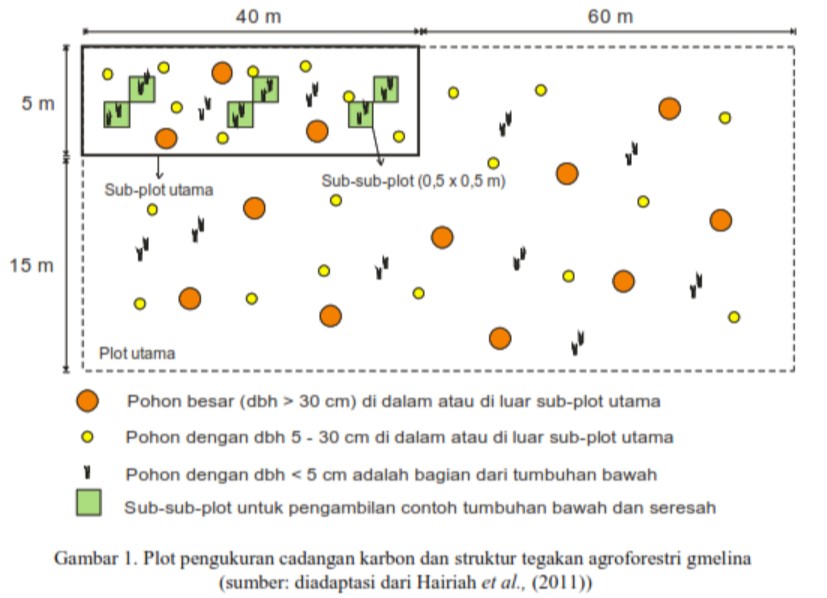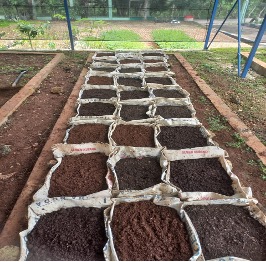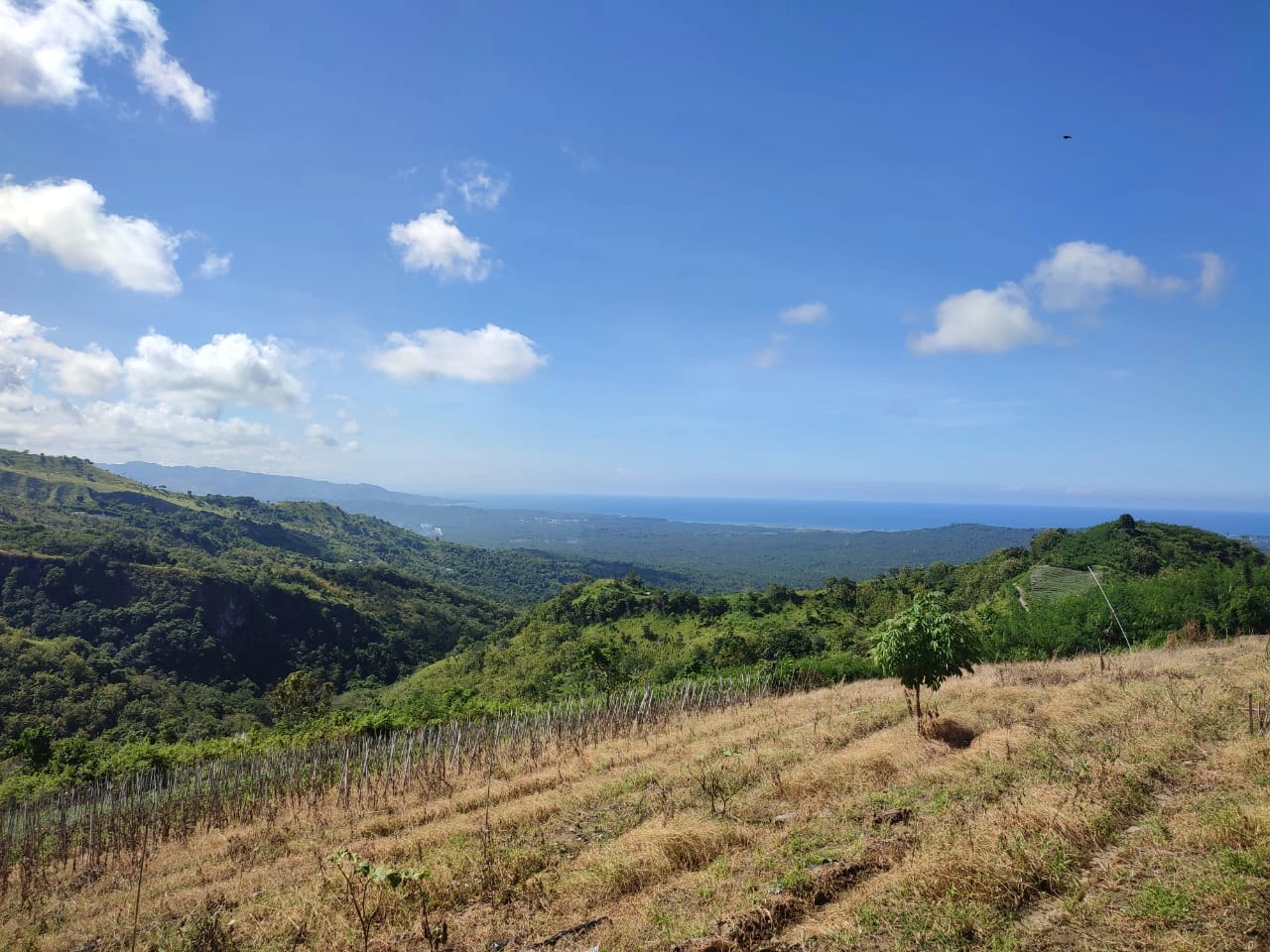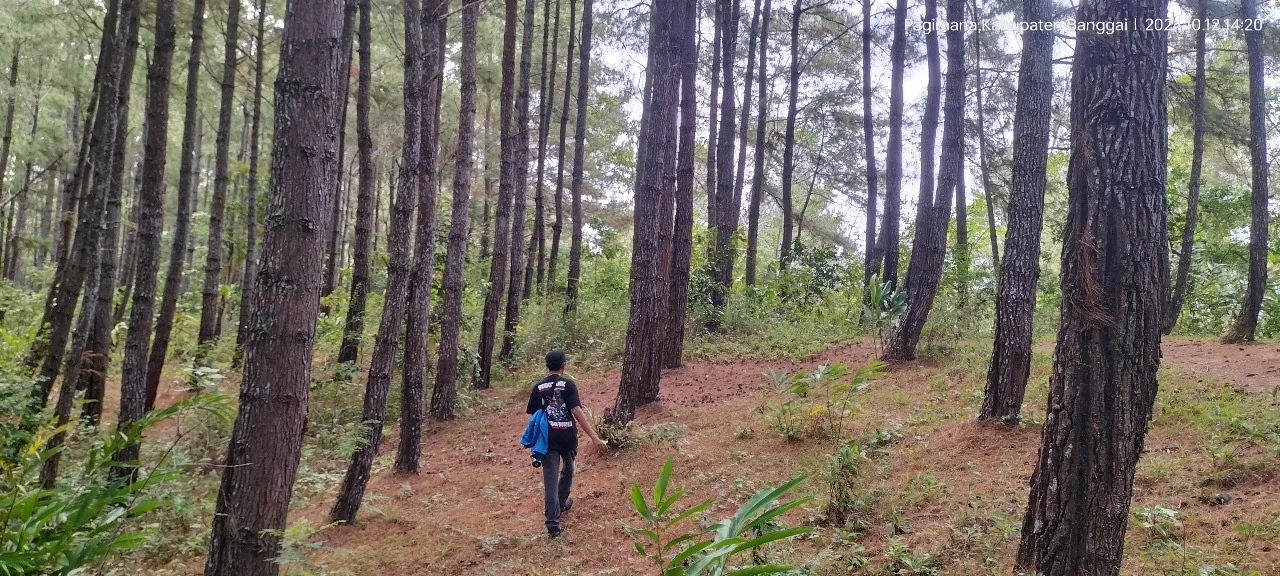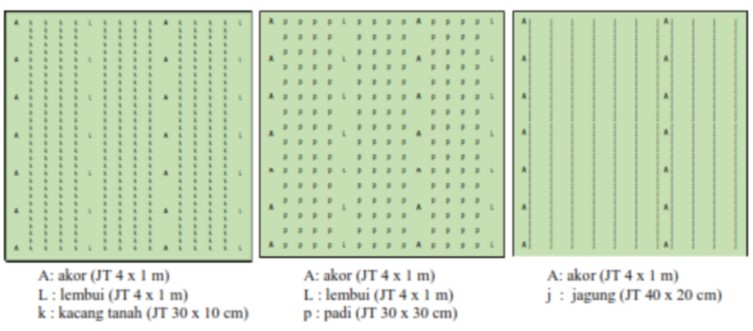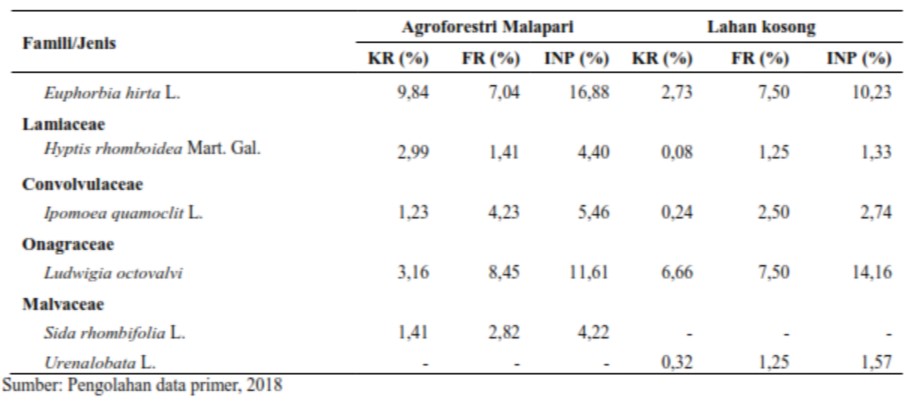Carbon Stock Dinamics of Gmelina (Gmellina arborea Roxb.) based Agroforestry in Private Forest, Tasikmalaya and Banjar District, West Java
Abstract
This research aims at measuring carbon (C) stock of gmelina (Gmelina arborea Roxb.) agroforestry system and its carbon diynamics due to several harvesting rotations. Observation was conducted during March – October 2014, on 17 plots in private forest, located in Tasikmalaya and Banjar District, West Java Province. The C-stock measurement followed Rapid Carbon Stock Appraisal Method (RaCSA) with some additional analysis. The dynamic of C-stock was measured based on biological rotation, technical rotation-1 (harvesting at tree diameter of 15 cm) and technical rotation-2 (harvesting at tree diameter of 20 cm). The result of the study shows that average of C-stock in gmelina agroforest stand is 170 ton/ha, consisted of 64 ton/ha above ground C and 106 ton/ha below ground C. Biological rotation (8 years) results in maximum C-stock of 15 ton/ha at harvesting time, while the time averaged-C stock is 7 ton/ha/year.Technical rotation-1(14 years) and technical rotation-2 (24 years) result in maximum C-stock of 23 ton/ha and 28 ton/ha respectively, while the time averaged-C-stock are 12 ton/ha/year and 18 ton/ha/year respectively.
الحقوق الفكرية (c) 2017 Jurnal Wasian

هذا العمل مرخص بموجب Creative Commons Attribution-NonCommercial 4.0 International License.
Copyright and License
All articles published in Wasian Journal are the property of the authors. By submitting an article to Wasian Journal, authors agree to the following terms:
-
Copyright Ownership: The author(s) retain copyright and full publishing rights without restrictions. Authors grant the journal the right to publish the work first and to distribute it as open access under a Creative Commons Attribution 4.0 International License (CC BY 4.0).
-
Licensing: Articles published in Wasian Journal are licensed under a Creative Commons Attribution 4.0 International License (CC BY 4.0). This license allows others to share, copy, and redistribute the material in any medium or format, and adapt, remix, transform, and build upon the material for any purpose, even commercially, provided that proper credit is given to the original author(s) and the source of the material

This work is licensed under a Creative Commons Attribution 4.0 International License. -
Author's Rights: Authors are permitted and encouraged to post their work online (e.g., in institutional repositories or on their website) prior to and during the submission process, as it can lead to productive exchanges and greater citation of published work.
-
Third-Party Content: If your article contains material (e.g., images, tables, or figures) for which you do not hold copyright, you must obtain permission from the copyright holder to use the material in your article. This permission must include the right for you to grant the journal the rights described above.
-
Reprints and Distribution: Authors have the right to distribute the final published version of their work (e.g., post it to an institutional repository or publish it in a book), provided that the original publication in Wasian Journal is acknowledged.
For the reader you are free to:
- Share — copy and redistribute the material in any medium or format for any purpose, even commercially.
- Adapt — remix, transform, and build upon the material for any purpose, even commercially.
- The licensor cannot revoke these freedoms as long as you follow the license terms.
Under the following terms:
- Attribution — You must give appropriate credit , provide a link to the license, and indicate if changes were made . You may do so in any reasonable manner, but not in any way that suggests the licensor endorses you or your use.
- No additional restrictions — You may not apply legal terms or technological measures that legally restrict others from doing anything the license permits.
Notices:
You do not have to comply with the license for elements of the material in the public domain or where your use is permitted by an applicable exception or limitation .
No warranties are given. The license may not give you all of the permissions necessary for your intended use. For example, other rights such as publicity, privacy, or moral rightsmay limit how you use the material.
الأعمال الأكثر قراءة لنفس المؤلف/المؤلفين
- Yonky Indrajaya Yonky , Mohamad Siarudin Siarudin, The Business Analysis of Acacia auriculiformis Agroforestry in Batulanteh Forest Management Unit, Sumbawa, West Nusa Tenggara , Jurnal Wasian: مجلد 8 عدد 1 (2021): June
- Yonky Indrajaya Yonky , The Study of Faustmann Formula Application in Sustainable Natural Forest Management in Indonesia , Jurnal Wasian: مجلد 5 عدد 1 (2018): June

